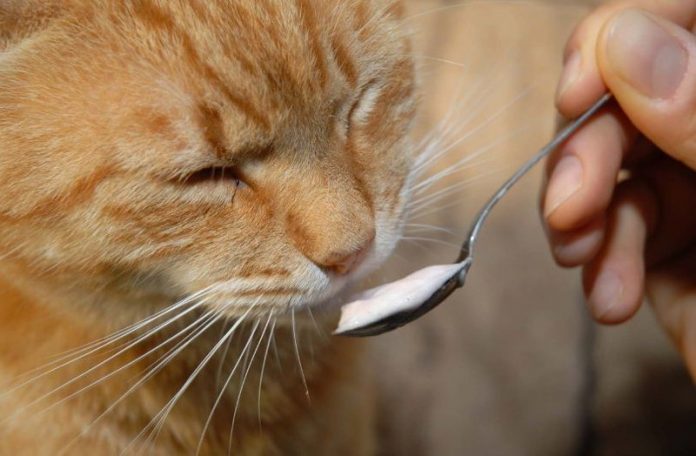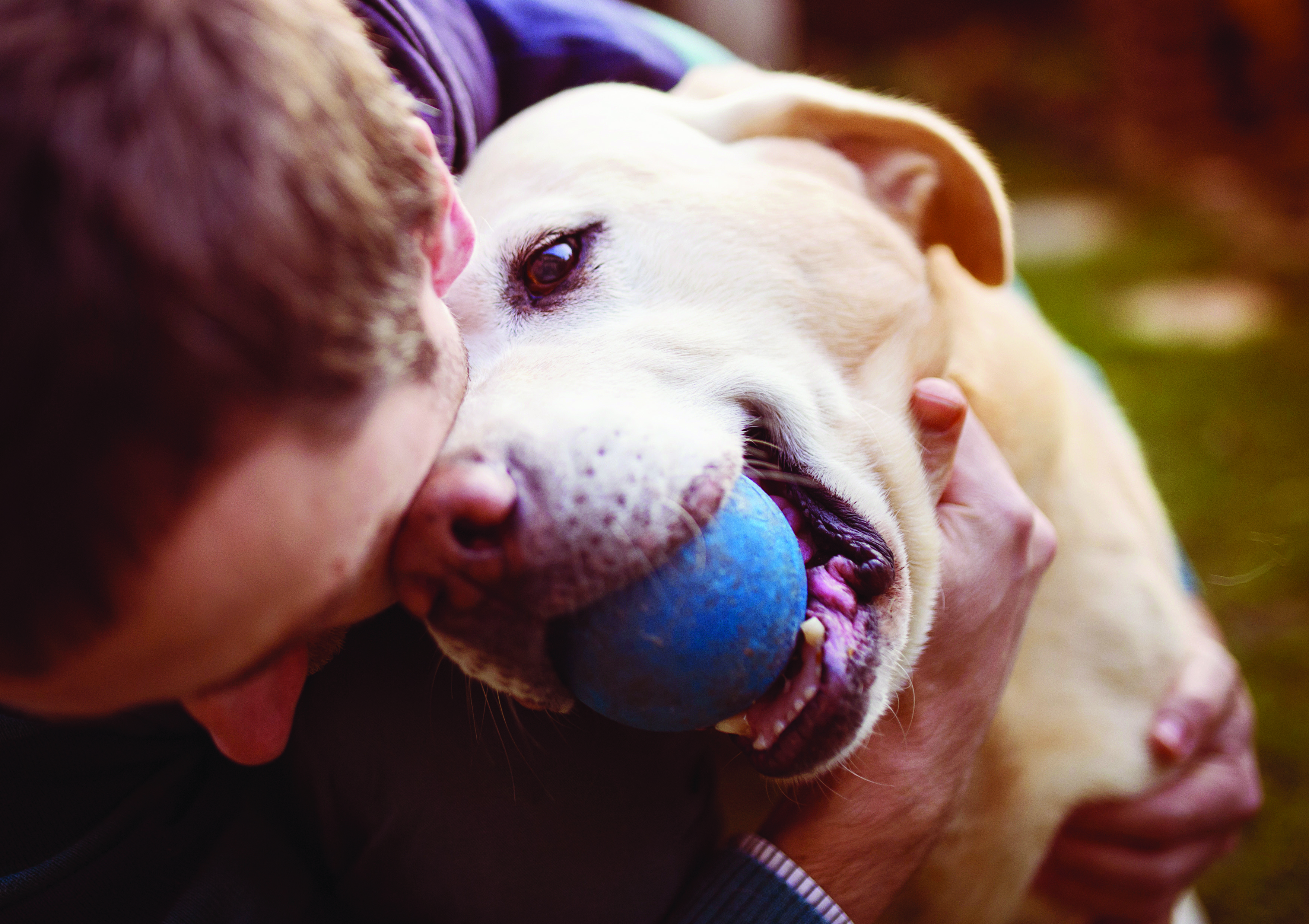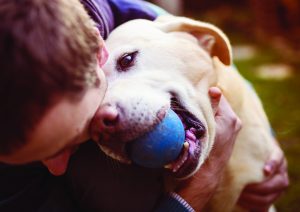In July, 2015, City of Hope launched their “Animal Assisted Therapy Program” as a part of their Recreation Therapy program. Partnering with Love On 4 Paws, a nonprofit, volunteer based organization committed to making a positive difference for those in need through animal assisted therapy, this program is now offered to patients twice a month.

City of Hope has been treating cancer patients since 1913. As both innovators and instigators of treating the whole person, COH understands the benefits of having a pet therapy program as part of their rehabilitation services. Their desire is to continue to enhance the level of quality of programs that are offered to patients, treating the whole person and their needs. City of Hope is aware that many patients have to come in for treatment and be away from their animals. Offering them a program which increases their mood and gets them talking about their own furry family members seems to really brighten their hospital stay. This program gives the patients something to look forward to during their visit.
Every other Tuesday of the month, Love On 4 Paws brings their certified volunteers to visit patients at City of Hope to share the joy, comfort and healing power of their pet’s unconditional love. They leave a unique memento of each visit—an instant Polaroid picture of the patient with the dog. These pictures provide comfort long after the visit ends, and can even become treasured mementos. Many times the patients are continuing to show their hospital staff, family and friends their pictures, as well as display them in their rooms.
Numerous scientific research studies have proven that interactions with animals increases feelings of acceptance and reduces loneliness, reduces stress levels and promotes a greater sense of well-being, lessens anxiety and distress, increases motivation to participate in treatment protocols, has positive physiological effects, decreases heart rate and blood pressure and decreases perceptions of pain.
Michelle, a patient, said, “It just made my heart feel so warm to see the dogs. When you’re in the hospital so sick, you sometimes lose hope. I felt so down, and when I got to see these dogs and knew the visit was coming, it gave me motivation to get out of bed and walk to the location. The little doggies made me feel so, so good. They gave me good energy … positive energy!”
As Pam Hardin, Founder of Paws on a Mission puts it, “Therapy dogs provide unconditional love and acceptance. They do not care that your hair is gone from chemotherapy, that a stroke has left you confused and speechless, or that you have a physical or mental disability. With the facilitation of their human handlers, they create a unique bond with patients and visitors that has a very real healing dimension.”

























